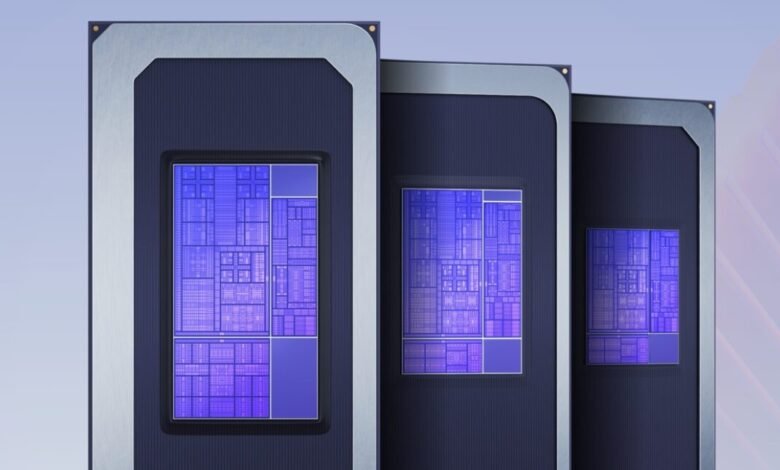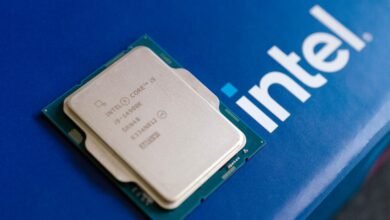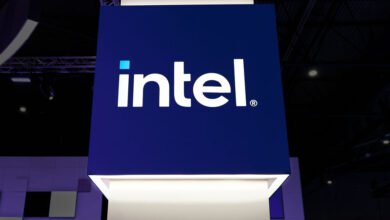Intel’s Panther Lake Chips Signal Major Comeback for Laptops

▼ Summary
– Intel’s Panther Lake processors combine features from Lunar Lake and Arrow Lake chips using Foveros packaging technology.
– Panther Lake’s three chiplets share the same package design, allowing easy interchangeability for PC manufacturers.
– Meteor Lake chips introduced multi-tile construction with TSMC manufacturing and an NPU for on-device AI applications.
– Lunar Lake chips integrated system RAM on the CPU package, improving performance and power consumption for high-end laptops.
– Arrow Lake chips used older GPU architecture and a less capable NPU, targeting lower-cost and higher-performance laptops.
Intel’s upcoming Panther Lake processors are poised to revitalize the laptop market, with systems expected to reach consumers before year’s end. This launch follows Intel’s established pattern of introducing ultraportable-focused CPUs late in the year, followed by a broader midrange and high-end lineup at CES in January. The company appears set to continue this successful strategy.
Panther Lake represents a significant evolution by integrating key features from both Lunar Lake and Arrow Lake architectures. Utilizing Intel’s advanced Foveros packaging technology, Panther Lake combines three distinct chiplets into a single, cohesive unit. This modular design offers PC manufacturers greater flexibility, as the three dies share a common package layout, simplifying integration and customization across different device types.
The shift toward this chiplet-based approach began with Intel’s first Core Ultra series, Meteor Lake, introduced two years ago. These processors marked a departure from earlier 14th-generation Core CPUs in several important ways. They were built from multiple silicon tiles fused together via Foveros, incorporated tiles manufactured by TSMC alongside Intel’s own, and introduced a neural processing unit (NPU) dedicated to on-device machine learning and generative AI tasks.
Second-generation Core Ultra chips maintained these innovations but adopted a split strategy, resulting in Core Ultra 200-series processors with notably different capabilities. The most advanced models, codenamed Lunar Lake (also known as Core Ultra 200V), featured integrated system RAM directly on the CPU package. This configuration delivered better performance and power efficiency, though it increased manufacturing complexity and cost. These chips also included Intel’s latest Arc GPU architecture, Battlemage, and an NPU powerful enough to meet Microsoft’s Copilot+ PC standards.
However, Lunar Lake chips were primarily reserved for premium thin-and-light laptops. More affordable and higher-performance models received the alternative Arrow Lake processors, which blended old and new technologies. While Arrow Lake used the same CPU architecture as Lunar Lake, often with more cores, its GPU was based on an older, slower design, and its NPU fell short of Copilot+ requirements. If Lunar Lake represented a clean-sheet redesign, Arrow Lake functioned more like an updated CPU paired with a refined version of the original Meteor Lake platform.
(Source: Ars Technica)





